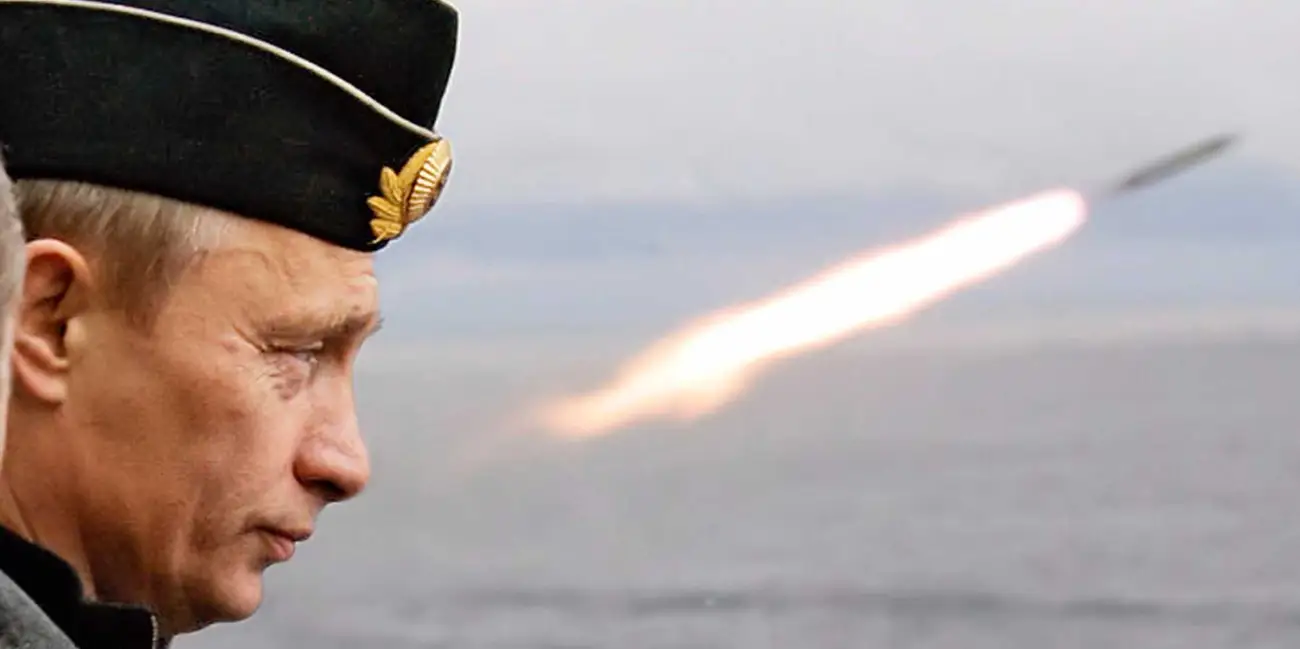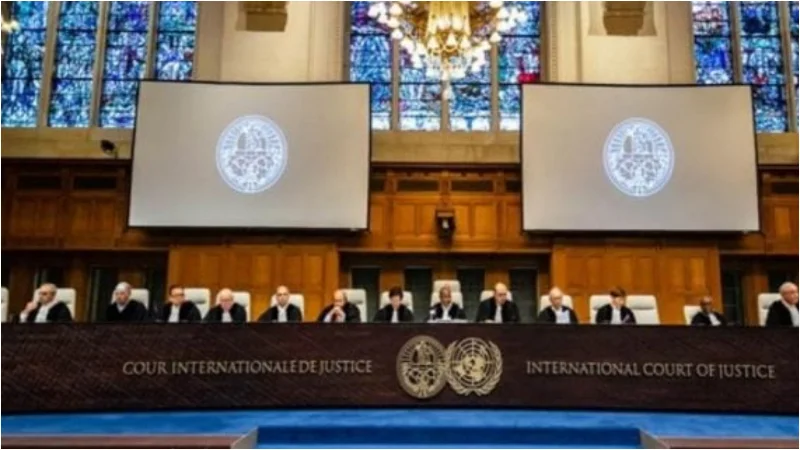The threat of nuclear war has hung over a president’s crisis diplomacy like it hasn’t since the Cold War.
As President Joe Biden meets with NATO leaders, calls for a cease-fire in Ukraine are becoming more urgent than ever — not only to alleviate widespread human suffering, but also to reduce the risk of a nuclear arms race, according to veterans of nuclear planning.
Russian President Vladimir Putin’s recent nuclear brinkmanship is unprecedented: he ordered a quick nuclear war game before the invasion and days later put his nuclear forces on high alert. And the Kremlin has repeatedly indicated that if the West’s intervention in the conflict goes too far, it may resort to nuclear weapons — an option explicitly reserved in Russian military doctrine.
In an interview with CNN on Tuesday, Putin’s chief spokesperson refused to rule out the use of nuclear weapons in the conflict.
However, as the conflict drags on and Russia’s conventional forces suffer surprisingly heavy losses while the country’s economy suffers, the possibility that Putin will resort to using weapons of mass destruction grows. Moscow has already shown that it is willing to use hypersonic missiles in a war for the first time.
With limited contact between the Kremlin and Western capitals, the risk of Moscow’s intentions being misinterpreted with disastrous consequences will only grow, according to numerous experts.
“There has always been the possibility of mistakes, but I believe the chances are much higher,” said former Sen. Sam Nunn, the longtime chair of the Armed Services Committee and now co-chair of the non-profit Nuclear Threat Initiative. “I believe we are living in a different era.”
Biden faces a high-wire act as he attempts to stiffen NATO countries’ spines for what is expected to be a long struggle. Allies are assisting Ukraine in defending itself against a larger aggressor, including sending more arms and US troops to NATO’s eastern borders, while not pushing Putin over the edge.
Russia invaded Ukraine as Washington-Moscow cooperation on nuclear arms control has deteriorated in recent years. The two countries have withdrawn from several treaties governing the most lethal weapons, including one that prohibited intermediate-range nuclear missiles capable of threatening Europe.
The New Strategic Arms Reduction Treaty, which limits deployed strategic weapons to 1,550 each, is the only remaining nuclear treaty between the two countries. Last year, Biden and Putin agreed to extend it until 2026.
However, the treaty excludes any of the thousands of smaller, or “battlefield,” nuclear weapons in each country’s arsenals, including at least 2,000 in Russia, according to public estimates.
Two Defense Department officials, who spoke on the condition of anonymity, say they are closely monitoring Russian military movements for any indication that such weapons are being removed from storage or that units trained in nuclear or chemical warfare are being prepared for deployment.
‘Raising the ante’
“I believe the post-war settlement will be more dangerous than the war itself,” Sokov wrote in an email. “It is clear that the United States will not lift sanctions.” In that case, Moscow may conclude that relying on nuclear weapons is the only way to avoid Iraq’s post-Saddam fate.”
That is “all the more so,” he adds, because its conventional forces will be depleted and deemed ineffective after the war. “I anticipate a serious conflict with a significant nuclear component.”




















